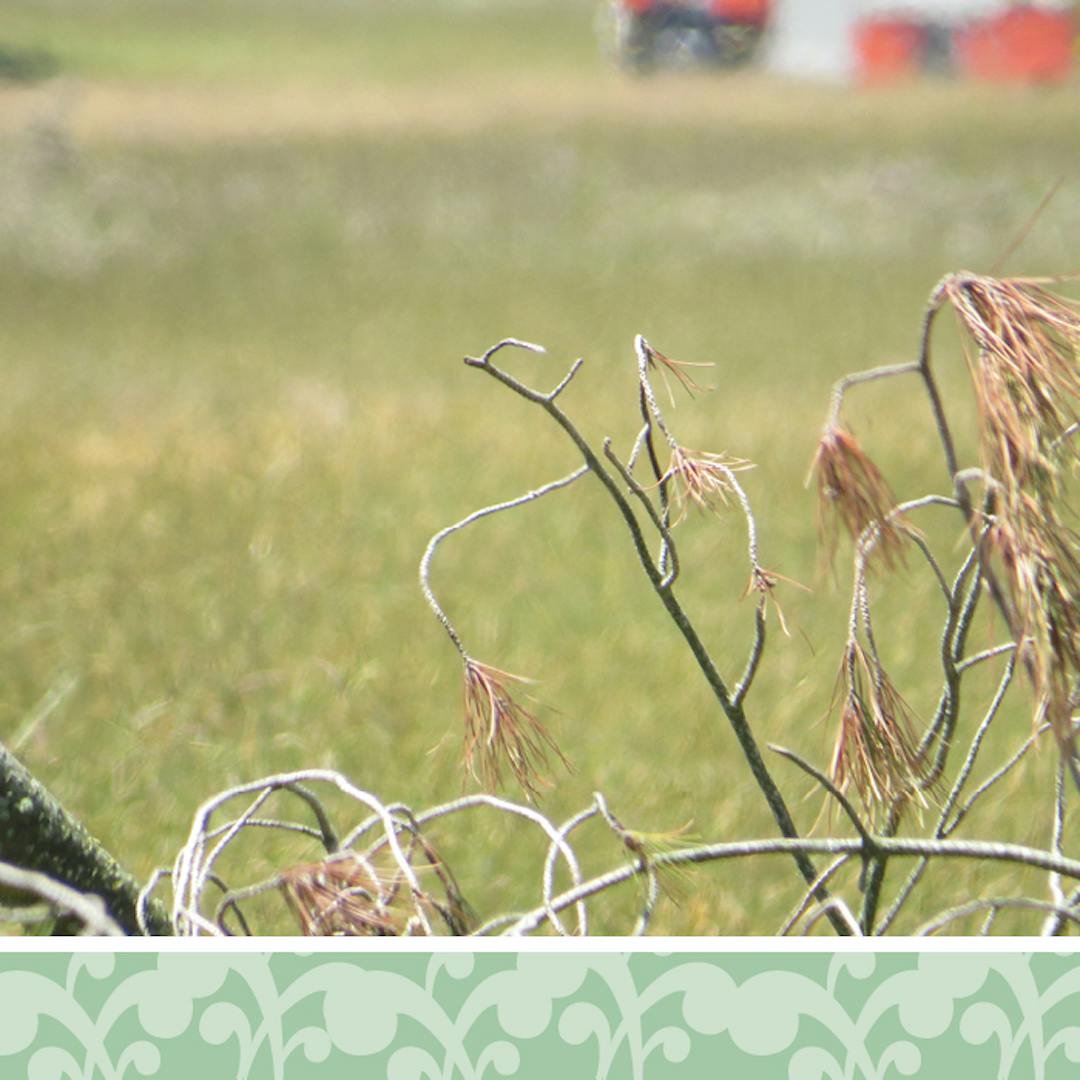District Plan Review consultation now closed.
Initial public consultation on key draft changes to the current Selwyn District Plan closed on Monday 8 October 2018. Thank you to everyone who let us know what they thought of the review so far.
What’s next?
Following this initial public consultation on the District Plan Review, the Council will consider all feedback and start developing detailed provisions for the Proposed District Plan. Please note that a summary report on the initial public consultation will be made available on Your Say Selwyn website at www.selwyn.govt.nz/districtplanreview.
It’s expected the Proposed District Plan will beContinue reading
District Plan Review consultation now closed.
Initial public consultation on key draft changes to the current Selwyn District Plan closed on Monday 8 October 2018. Thank you to everyone who let us know what they thought of the review so far.
What’s next?
Following this initial public consultation on the District Plan Review, the Council will consider all feedback and start developing detailed provisions for the Proposed District Plan. Please note that a summary report on the initial public consultation will be made available on Your Say Selwyn website at www.selwyn.govt.nz/districtplanreview.
It’s expected the Proposed District Plan will be notified in early 2020 for formal public consultation. The longer timeframe is due to the local government elections at the end of 2019 and ensuring the newly elected Council endorses the Proposed District Plan before it gets notified.
We want to know what you think about the draft changes to wildfire risk related rules and policies in the current District Plan. These draft changes have been endorsed by the Selwyn District Council for further development as part of its District Plan Review.
How can I have a say?
To give us your feedback on the draft changes , you can:
There will be many consultation opportunities for feedback at different stages of the District Plan Review and this is the first such opportunity. It’s expected that the new District Plan will be notified in early 2020 and be fully in place, subject to any Environment Court appeals, in March 2022.
Background
Selwyn is an area with a significant fire risk, with wildfires occurring most years. Wildfire is considered to be a fire which occurs in a rural area where typically there is a buildup of easily combustible vegetation. The most common causes of a wildfire are natural sources such as lightning, accidental man-made ignition such as a cigarette butt, sparking from the use of machinery or from an out of control rubbish fire, or it may start as a result of arson. A fire lit for the purpose of agricultural crop burn-off would not be considered a wildfire unless the fire spread beyond the intended area.
While the Port Hills, Malvern Hills and the High Country would traditionally have a higher wildfire risk due to their topography and vegetation densities, the sparseness of population means fire is less likely to be triggered. On the other hand, the plains area and in particular the Inner Plains area, which consists of many lifestyle blocks, is at a high risk of wildfire. This is due to vegetation densities as a result of amenity plantings, woodlots and shelterbelts, and the higher population densities, which increase the likelihood of a fire being triggered and the potential consequences of a wildfire.
The Port Hills fire in early 2017 triggered the development of the Council’s Port Hills Fire Recovery Plan 2017. This recovery plan outlines actions that the Council needs to complete to enable Selwyn communities to recover from the Port Hills fire and do all it can to prevent such a fire from happening again. One of the actions in the Recovery Plan is to consider, through the District Plan Review, a set of rules that specifically address wildfire hazard in high risk areas.
Wildfire risk management in the current Selwyn District Plan
The current District Plan doesn’t contain any specific rules for how wildfire risk in the Rural Zone should be managed to ensure the fire risk to people and property is appropriately reduced.
For example, under the current plan there’s no requirement to have a defensible space around a property that has been landscaped and maintained in a way that reduces fire danger to the property and neighbouring properties. Having a defensible space improves the chances of people and property surviving a wildfire and is also key to the protection of firefighters defending the property.
Also under the current plan, there have been instances where consent conditions have actually increased the wildfire risk on a property. For example, for a new property development located in an outstanding landscape where plantings have been required to mitigate adverse visual effects.




